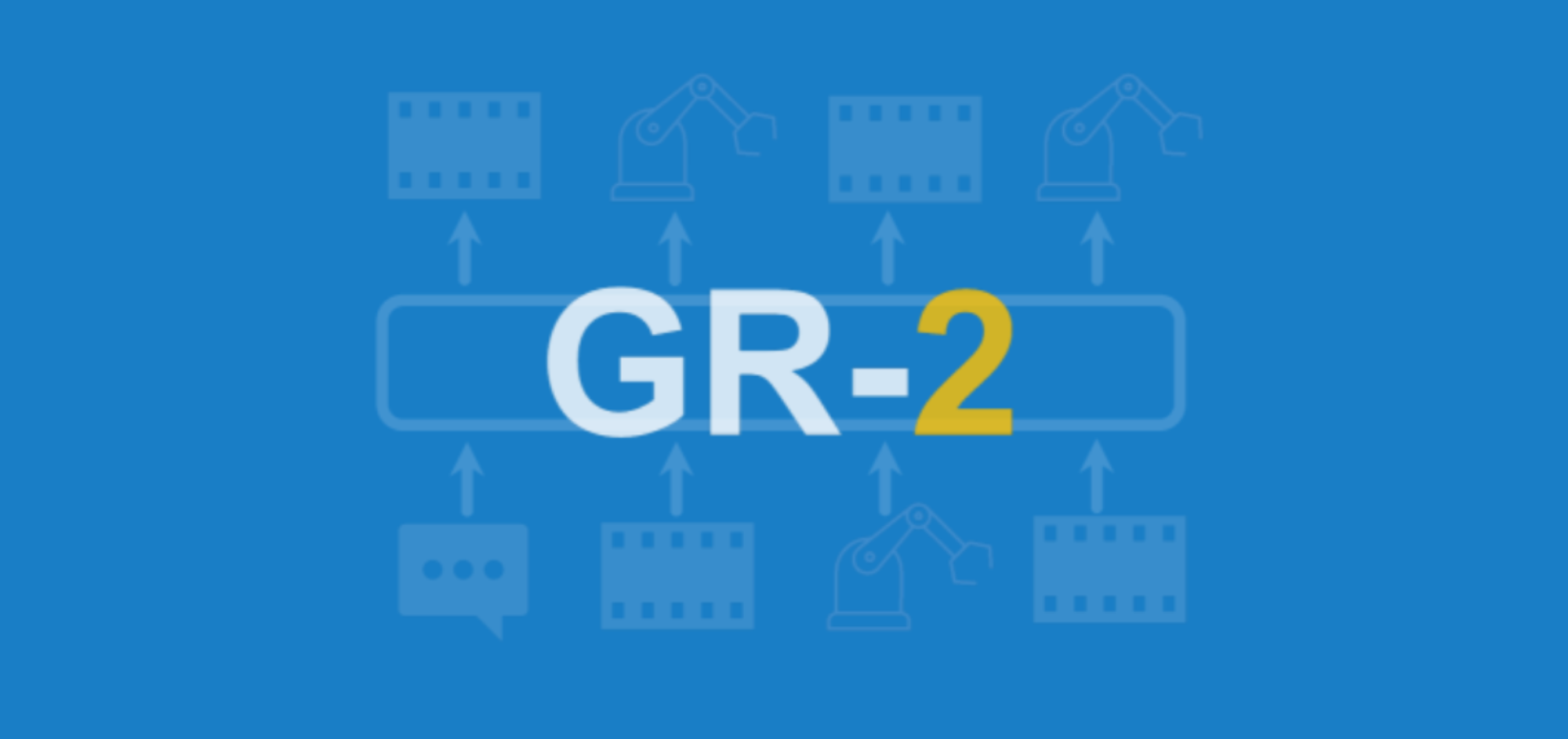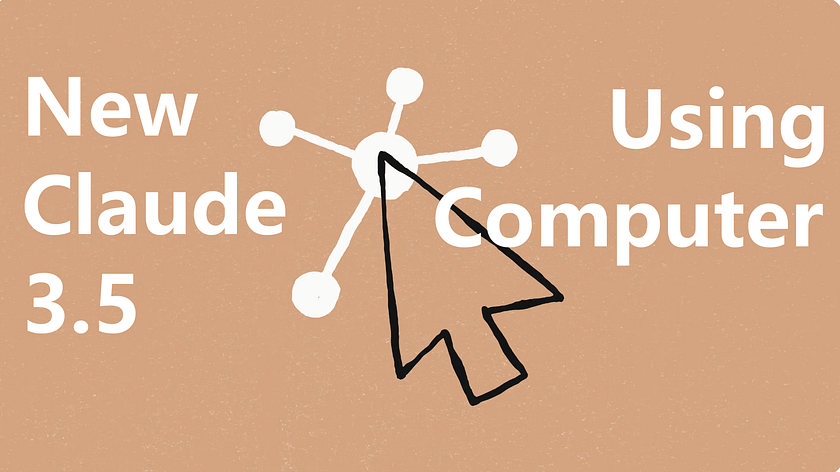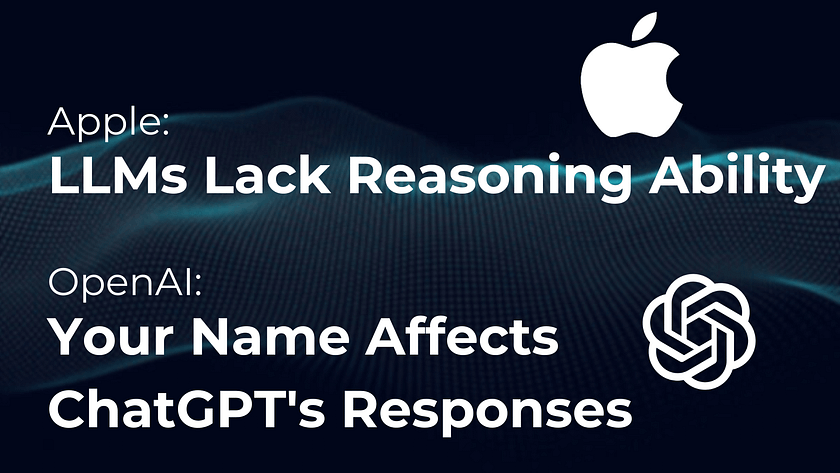
Transform Your Ideas into High-Traffic Articles with Proven Strategies, Practical Tutorials, and SEO-Optimised Formats

Transform Your Ideas into High-Traffic Articles with Proven Strategies, Practical Tutorials, and SEO-Optimised Formats

A Step-by-Step Guide to Using FLUX 1.1, FLUX Fill, Canny, Redux Tools, and Camera Filename Prompt Techniques for Creating or Editing Images in Any Style and Realism

Hands-On Guide to Experiencing Claude’s Computer-Use Feature Without Any Coding Background

Discover Le Chat: Free ChatGPT Alternatives with Canvas, Internet Search, and Flux.1 Image Generation

Let’s explore GR-2 together.

Stability AI’s latest release offering New Models and Features

Anthropic’s Groundbreaking AI, Claude 3.5, Uses Computers Like a Human and Becomes a Game-Changer in Automation

Revolutionising On-Device AI: High-Performance, Low-Resource Language Models for Edge Computing

Working Examples

How Apple’s Research Exposes AI’s Inability to Reason and OpenAI Highlights ChatGPT’s Name-Based Biases

Working Examples